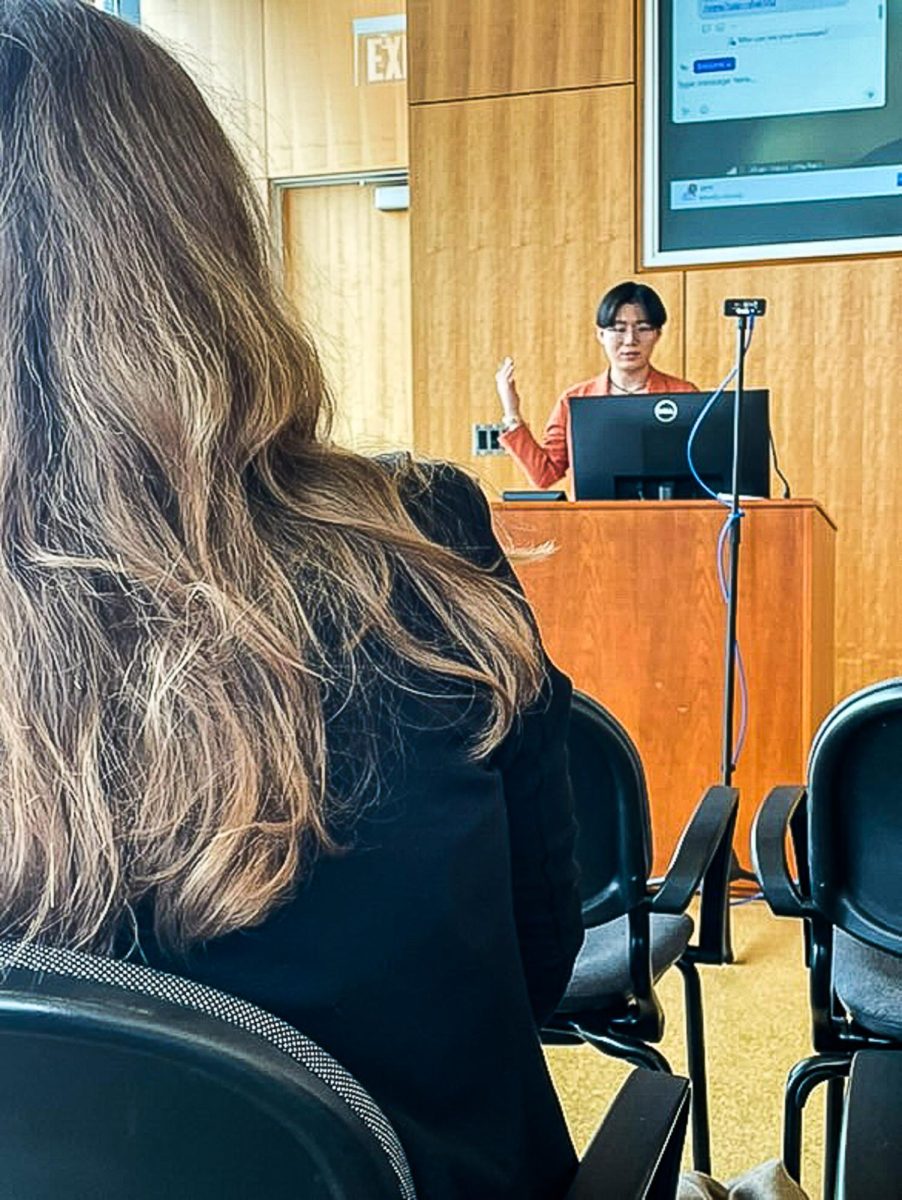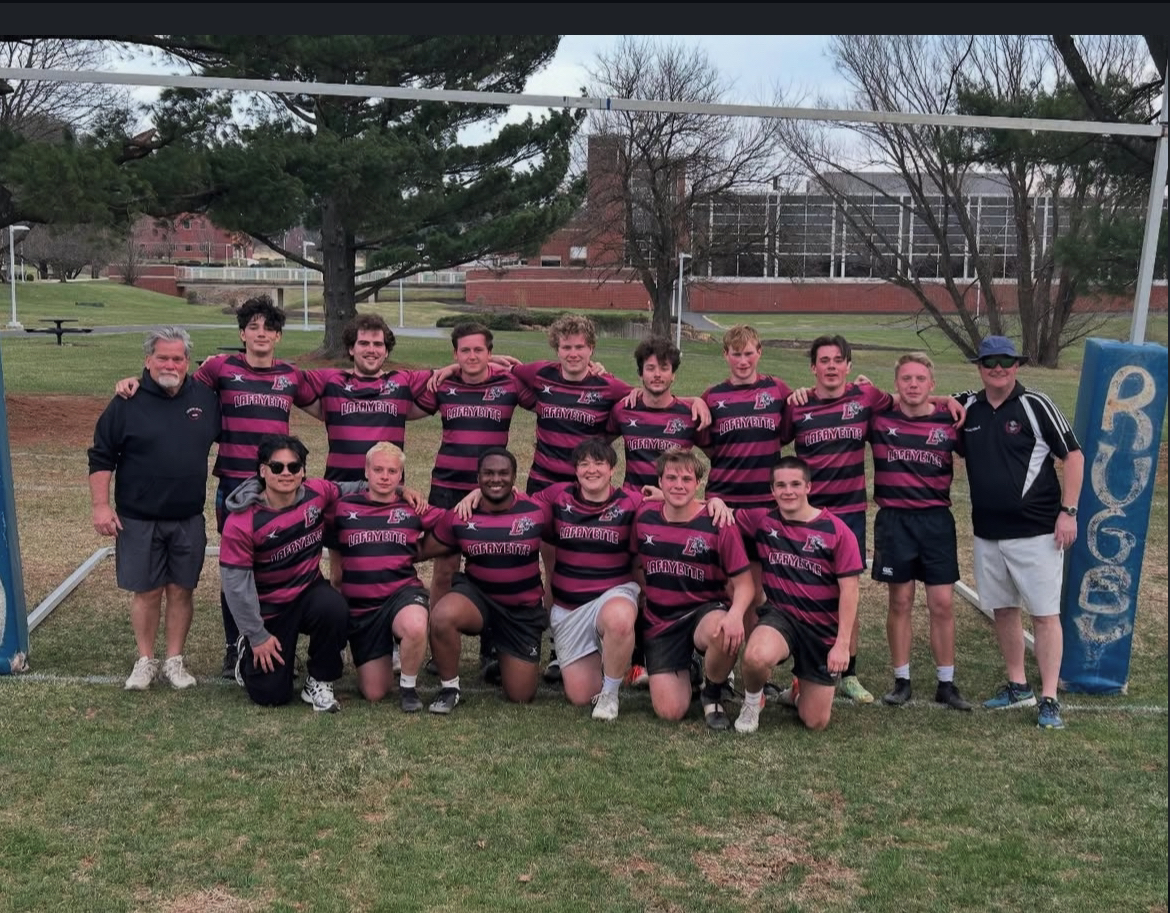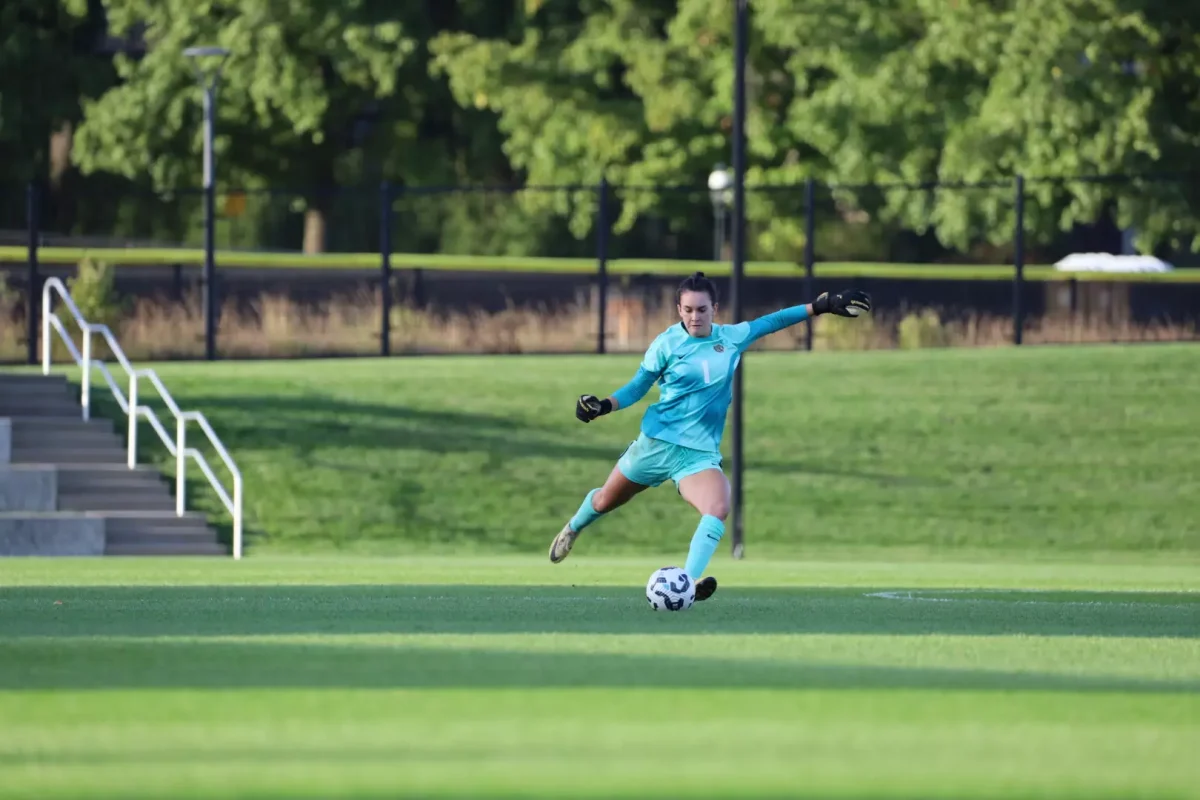Yelp is to restaurants as Rate My Professors is to college instructors: both provide insight into a product that you, the consumer, are paying for. But while students praise Rate My Professors for making accessible information on instructors, faculty members are decidedly mixed on the platform.
“I do think it gives students an idea of the perceived effectiveness of faculty, but sometimes, the comments can be so general,” Lawrence Malinconico, a geology professor, said.
Malinconico said that he prefers the semesterly Course Evaluations administered by the college, the numerical results of which are available to the public. The statistics, however, are not what matters to Malinconico.
“I take very seriously the written comments that we’ve had on the Course Evaluations at the end of each semester because, oftentimes, I’ll ask students specific questions about project work, load in the course, things they didn’t quite grasp,” Malinconico said, adding that professors can include their own questions in Course Evaluations.
Written responses to Course Evaluations, however, are not published, unlike with Rate My Professors. Kathleen Parrish, an English professor, cited the written aspect of Rate My Professors as a “guidepost” for students using the service.
“I think, if used correctly in a constructive way, it can benefit students,” Parrish said. “Professors have different teaching styles – some rely on lectures, some on class discussions, some are more project-based – and students learn differently … The comments are more insightful and more instructive in that regard.”
Acknowledging the public nature of Rate My Professors’ written reviews, Malinconico expressed some misgivings.
“I worry about things like Rate My Professor where it, [like Course Evaluations,] is also anonymous, but there’s really no controls on how [students] focus on evaluating the course,” Malinconico said.
Rate My Professors prompts students to “discuss the professor’s professional abilities including teaching style and ability to convey the material clearly” in their 350-character written reviews. Course Evaluations provide six separate 2,500-character written prompts to students. And while professors usually encourage their students to complete Course Evaluations in class – the average response rate for Course Evaluations is 77 percent – the college has no control over students submitting reviews on Rate My Professors. Parrish, for example, has only two reviews.
While students can indicate the course that they are reviewing a professor for, Rate My Professors cannot verify whether the student actually took the course. Provost John Meier, who ultimately oversees Course Evaluations, said he had “no love” for Rate My Professors due to the potential for abuse.
“You’ve got a self-selected group of individuals who decide to write whatever it is that they decide to write – they must have some tremendous motivation for doing so,” Meier said. “You will often get the students that had an absolutely great experience in their class and … the ones that have got a bit of an axe to grind.”
Mathematics professor Rob Root acknowledged that both Rate My Professors and Course Evaluations statistics could be muddled by students wanting easier classes.
“You’ve gotta be careful,” Root said. “If you treat courses as a popularity contest, what you end up with are courses where the students are enjoying what they’re seeing … but they’re passive.”
Meier noted how data could fall victim to implicit biases.
“It’s been well documented that there are various biases for underrepresented groups … Female faculty members have definitely had a negative trend in general,” Meier said, noting how Rate My Professors used to allow students to score the “hotness” of faculty – the measurement was abandoned in 2018.
Each of the faculty members interviewed rarely, if ever, checked their Rate My Professor ratings – “There’s no way in the world I would use it to change,” Maliconico said – but glanced at them prior to their interviews.
Meier found that he had glowing reviews on the website.
“I take it all back,” he joked. “It is perfect.”



























































































































